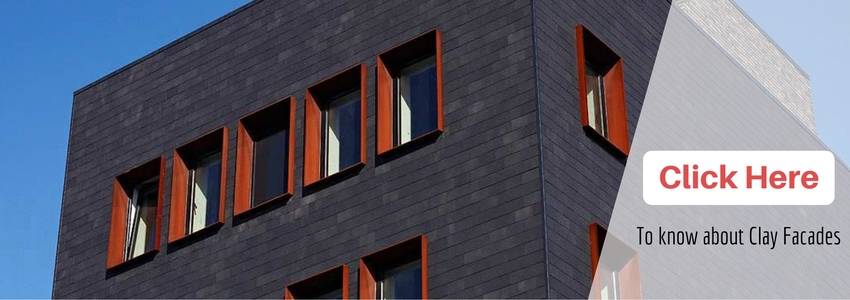The cladding of buildings without any doubt is the most expressive and complex feature in any building design. Façade definitely is an elegant component of the building, but the role it plays in reducing building’s energy consumption, improving natural lighting and offering better airflow within the building is also noteworthy.
Several concrete jungles are cropping up almost everywhere around us, and architects now need to look into a more holistic strategy when it comes to designing façade. Over the last couple of years, facade engineering has gained a lot of importance and popularity, more and more building projects are now incorporating cladding system into their design.
Avezzano Choosing The Right building façade Cladding System
Getting façade construction right is extremely important as they can considerably affect the structures lighting, heating, and ventilation. While there are many factors which require consideration in building façade, one of the most daunting one is – San Miguel Xico Viejo Choosing the right material. Also, your decision on the right façade material needs to be made after considering a range of factors like:
- Water-Resistant
- Energy Efficiency
- Aesthetics & Texture
- Versatility
- Eco-Friendly
- Durability
- Cost
Different Types of building façade & its Pros and Cons
When it comes to materials for façade building, there are “N” numbers of available choices which can actually leave you confused. To clear all confusions on types of building façade, let’s discuss the different types of building façade and its pros and cons. This information will surely help you make a comfortable and calculated decision and nail down your façade construction.
-
Stone Façade
Stone claddings are one of the most expensive building façade cladding systems. They are available in 2 different options, real stone, and faux stone. Installation of stone façade is a very labor-intensive process that drives up the cost. This cladding system gives a very expensive and natural look to the building structure and it also carry’s higher lasting value. These are also resistant to extreme temperatures, moisture, fire, and insects and also require zero maintenance.
-
Metal Façade
Metal facade claddings are more commonly used in retro and modern style type of buildings. Aluminum and steel facade cladding are the most common metals used here. Starting with the plus points, metals are safe from water damage as they do not mold or rot. They require very less maintenance, do not fade, are eco-friendly, and are fire & insect resistant. Now the negatives, if these are not sealed and finished properly it can lead to discoloration and rust. Aluminum facade cladding being a soft metal is prone to dents from rocks, baseballs, and rocks. Coming to the steel facade cladding, these are heavy, hence require more installation time increasing the overall cost.
-
Wood Facade
Wooden cladding systems are available in shingles and planks, the wood used for this type of cladding usually comes from cedar, pine and oak trees. Wood is an environment-friendly option and it also offers good insulation, durability and weather resistance. But when it comes to maintenance, wood demands more maintenance, i.e. an annual yearly chemical treatment for protection against termites.
-
Clay Façade
Clay façades are environmentally friendly and tough modern facade that enhances the value and the design aspect of the building structure.Clay façades are not only beautiful to look at but also have many advantages over the other facade materials, like durability, minimal maintenance, thermal insulation, long lasting and resistant to the weather, they also offer an everlasting appeal. Clay façade are becoming the first choice of the modern architects who want to leave their environment-friendly thumbprint in the world.
-
Argemax Façade
Argemax Facades are made of composite fiber panels; these are an innovative alternative to contemporary façade material.Argemax façade are large format panels which can be easily converted into any size or shape providing you with a plethora of design choices. These panels offer a variety of benefits, low water absorption, zero warpage, high strength, fire resistant, dry cladding, ease of installation and zero maintenance are few to name.
Wrapping Up:
Façade construction is an expensive affair, it often accounts for up to 35% of the overall build costs. But this cost is reasoned to be worthwhile as it contributes considerably in bringing energy costs down and adding to the life expectancy of the building. In the present construction industry, “Sustainability” is one prominent issue, and promising sustainable structures are only through making the right decision when it comes to choosing the right products (like clay, argemax, and wood) which lower the environmental impact in the future.
Authored by a building expert from Wienerberger India
For any kind of assistance or tips on green building materials – drop us a word at gosmartbricks@gmail.com









